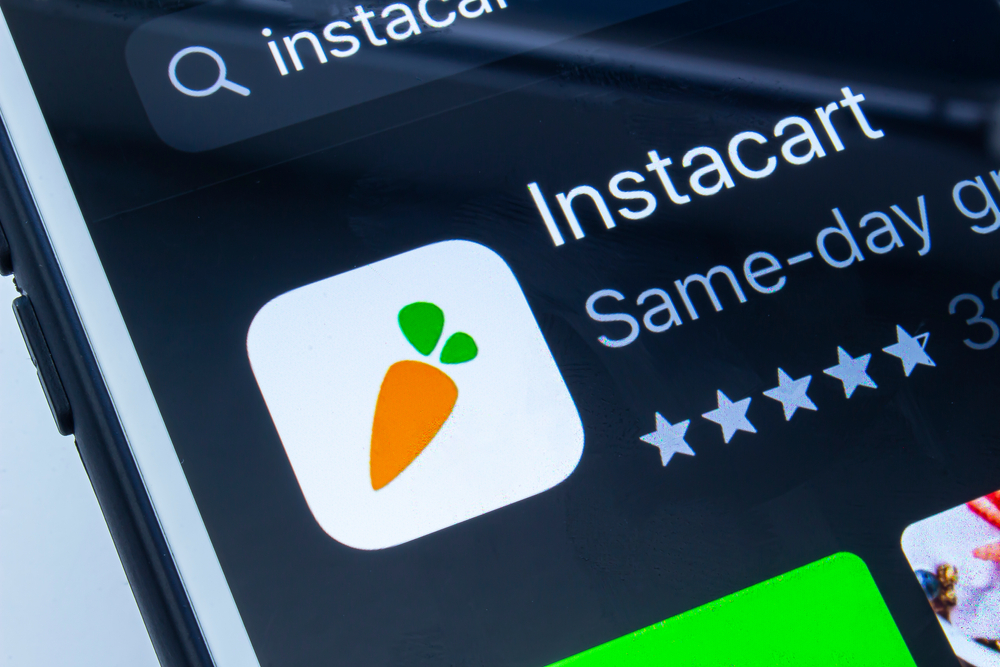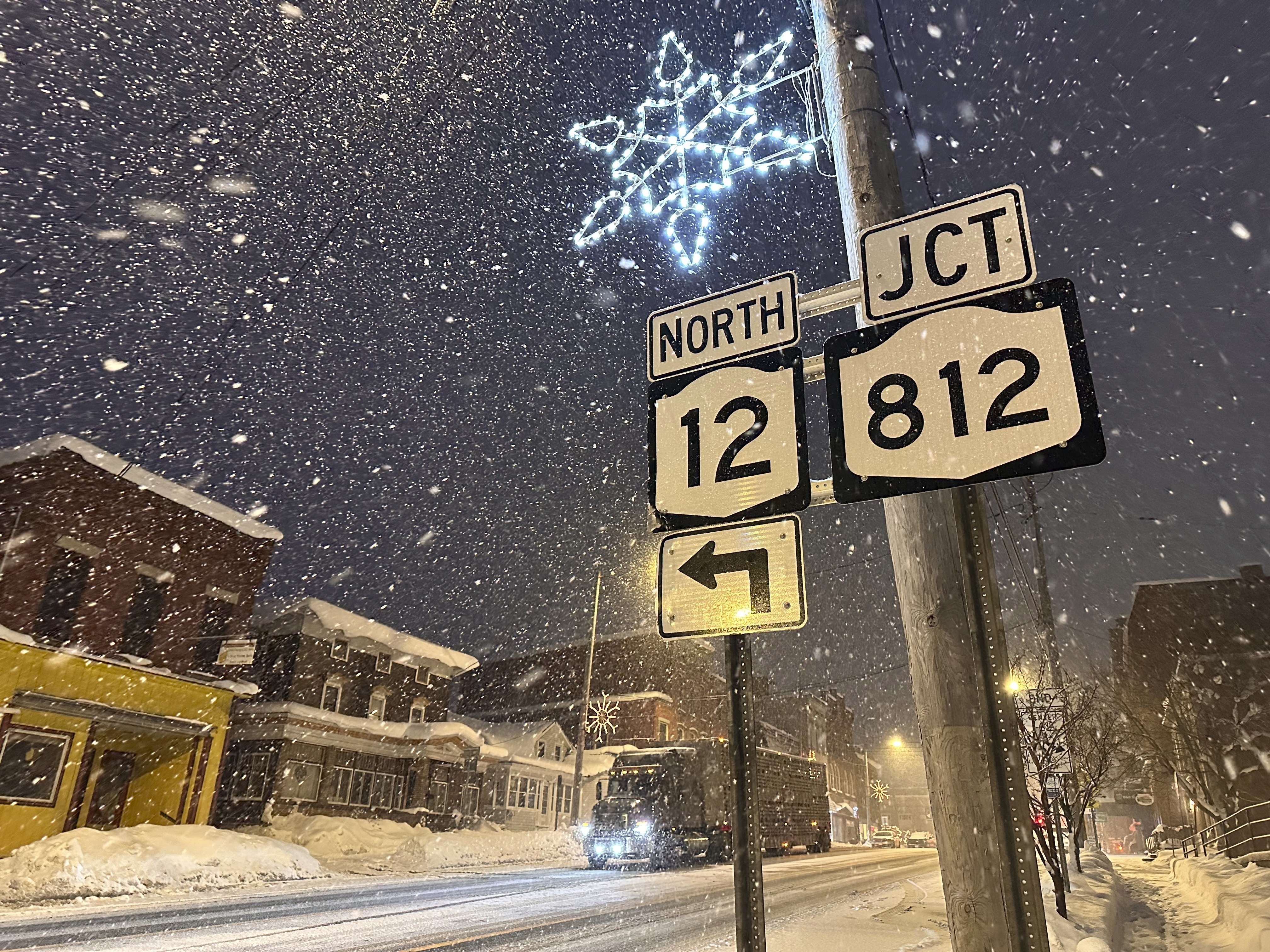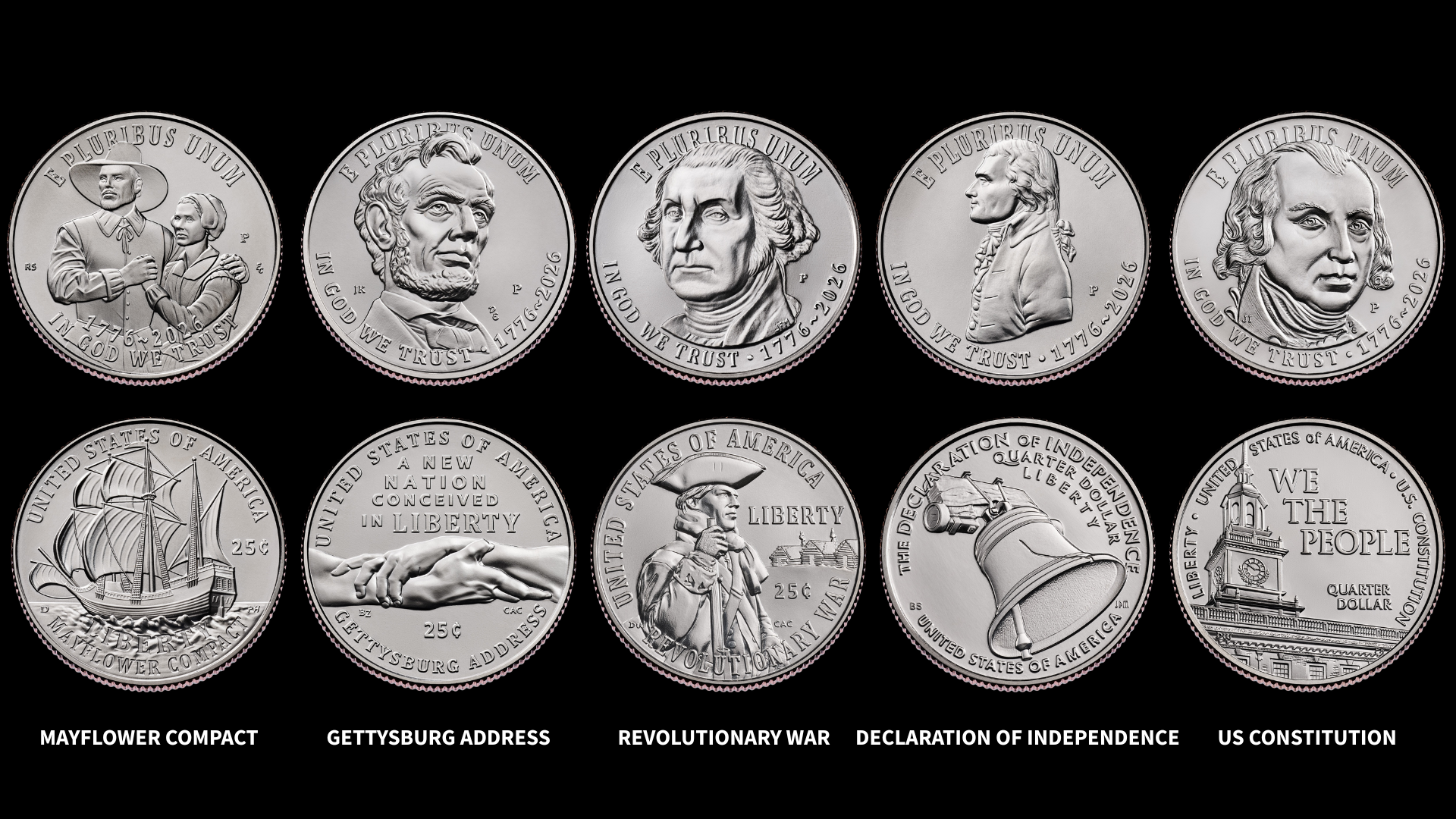According to the most recent data from the U.S. Department of Labor Bureau of Labor Statistics, the average U.S. household spends $66,928 annually. That's more than $183 every day. When you learn that the median household income for the same period was $70,784, it's easy to see why it can be so difficult to pay down debt and build up savings.
Of course, a significant chunk of that money goes toward essentials like housing, transportation and food. But if you stopped spending on the non-essentials for a little while, you might accumulate a nice little sum. That's where a no-spend challenge comes in.
What Is A No-Spend Challenge?
A no-spend challenge might sound impossible. Your family needs to eat, you have to fill up your gas tank, and the bills must be paid. You can't just forgo spending any money.
Of course, that's true. But you can cut down in some ways. A no-spend challenge is a period you designate during which you don't blow any cash on non-necessities. So, for instance, you could decide to crack down on spending for a week, a month or even longer.
Benefits Of A No-Spend Challenge
The advantages of completing a no-spend challenge can be as unique as your circumstances. The fundamental objective is to keep yourself from spending funds, perhaps mindlessly, on things you don't really need. That way, you can save your cash for a financial goal you set.
For instance, it could help you build up an emergency fund. Or you could make a large payment toward a specific debt you are trying to pay off, such as a student loan or a credit card balance. You might use the money to start investing or even for a much-needed family vacation.
Undertaking a no-spend challenge can also be an effective way to curb overspending. If you struggle with sticking to a budget, temporarily halting all unnecessary spending can help you get back on track. It can also help you identify areas where you can improve even after the challenge is completed. And taking on a challenge like this can be fun and rewarding, which might encourage you to be more mindful of your money in the future.
You may have more time on your hands when you're not spending money going out to eat, catching a movie or meeting up with friends at a nightclub. Instead, you might find a new hobby or resume an old one, such as cooking, reading or jogging. No-spend challenges can inspire you to get more creative.
How To Successfully Pull Off A No-Spend Challenge
First, you'll need to decide what expenses are acceptable as well as those that are off-limits. Some common examples of allowable expenditures include:
- Housing and utilities
- Groceries
- Household and hygiene supplies
- Medical-related expenses
- Transportation
- Pet supplies
Non-essential spending categories might include:
- Food and drinks not prepared at home
- Travel and entertainment
- Furniture, clothing and toys
- Beauty supplies or services
Of course, you can determine what you need and don't need. An alternative is to start smaller with a specific no-spend challenge, such as not eating fast food for a month.
"My wife and I have done several no-spend challenges, but our favorite type of no-spend challenge is a pantry challenge where we try not to buy groceries for as long as possible," Sam Zelinka, who runs a personal finance website for federal employees, told U.S. News and World Report. "By avoiding the grocery store, the pantry challenge forces you to eat food that you've previously frozen or stored."
He says you should set some ground rules before embarking on the challenge. Determine how long you plan to do it and make sure you have a list of what you can and can't buy during that time period.
You might even develop a new favorite meal or two!
If online shopping is a common habit, consider removing stored payment information from online retailers. Keep your debit and credit cards where they're not easily accessible, whether in another room or locked up in a fire-safe box. Instead of clicking the "buy" button, add items to a wish list, which you can use to stop yourself from making impulse purchases.
Decide whether you want to make your no-spend challenge public. If you think family and friends will encourage and help you, telling them your plans could be helpful. However, if you're concerned they might pressure you into spending, you may choose to keep it to yourself.
To maintain motivation, make sure you have some enjoyable (free!) activities planned during your no-spend challenge. Consider giving yourself a small reward at the end of the period, as well.
Finally, if you mess up, don't kick yourself. Habits are hard to break. Instead, think about what led to the blunder and learn from it. Then, consider what you have done right and get back on the horse. Completing your no-spend challenge, even with setbacks, will take you a step closer to reaching your financial goals.



 10 Money-Saving Tips For A Warmer House Without Turning Up The Heat
10 Money-Saving Tips For A Warmer House Without Turning Up The Heat





